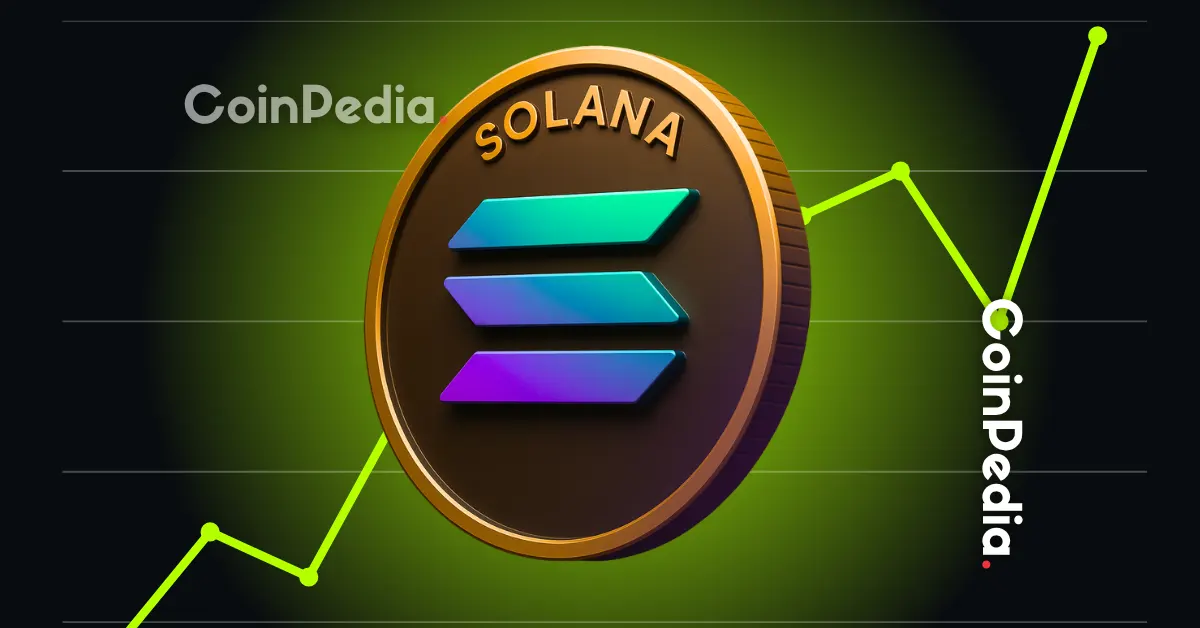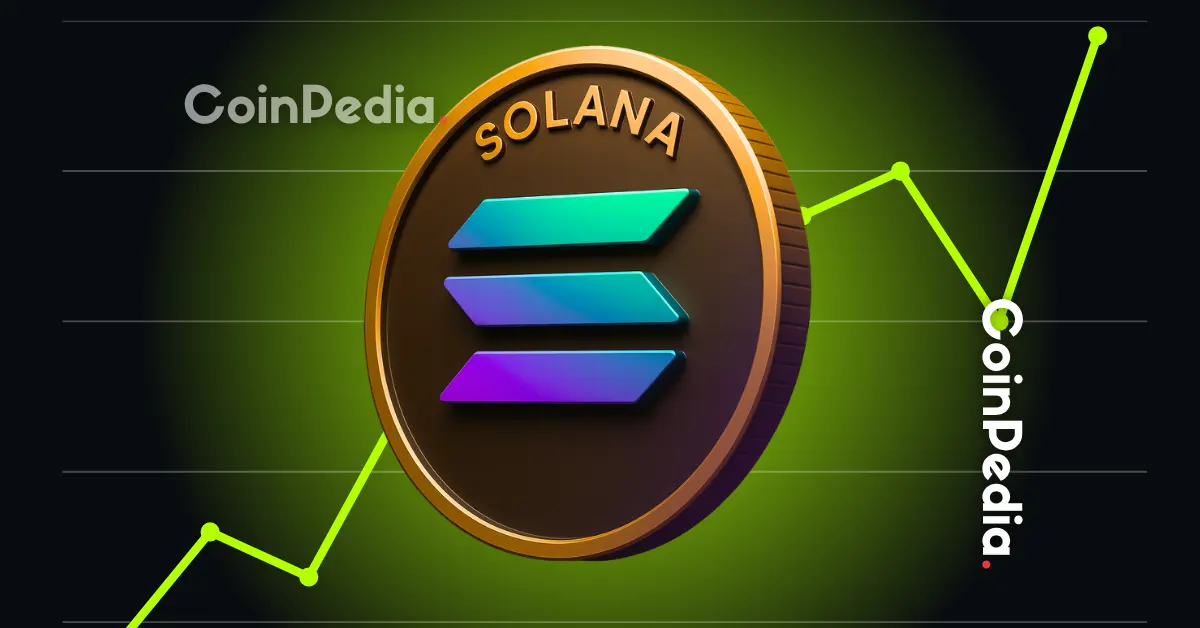Solana’s Ascent: A Comprehensive Analysis of its $100 Billion Market Cap and Future Prospects
Introduction: The Solana Story Unfolds
In the dynamic world of cryptocurrencies, where innovation and disruption are the norms, Solana (SOL) has emerged as a standout performer. Once considered a promising but untested alternative to Ethereum, Solana has not only established its own identity but has also become a major player in the blockchain space. The recent milestone of surpassing a $100 billion market capitalization highlights its technological advancements, growing adoption, and increasing investor confidence. This report explores the key factors driving Solana’s remarkable rise, analyzes its current market position, and examines its potential future trajectory.
The Pillars of Solana’s Success
Solana’s journey to a $100 billion market cap is not merely a result of speculative trading; it is built on several fundamental strengths that set it apart from its competitors.
Technological Prowess: Speed, Scalability, and Efficiency
At the core of Solana’s appeal is its innovative technology. Unlike many other blockchains that rely on slower, more energy-intensive consensus mechanisms, Solana employs a unique combination of Proof of Stake (PoS) and Proof of History (PoH). This hybrid approach enables Solana to achieve unprecedented transaction speeds, with a theoretical throughput of up to 65,000 transactions per second (TPS). In practice, Solana consistently processes thousands of transactions per second, far surpassing the capabilities of Ethereum and other established blockchains.
The speed and scalability of Solana have made it an attractive platform for decentralized applications (dApps) that require high performance, such as decentralized exchanges (DEXs), gaming platforms, and social media applications. Its low transaction fees, often just a fraction of a cent, further enhance its appeal to developers and users alike.
Growing Ecosystem: DeFi, NFTs, and Beyond
Solana’s technological advantages have fostered a vibrant and rapidly expanding ecosystem. Decentralized finance (DeFi) protocols, non-fungible token (NFT) marketplaces, and other dApps have flocked to the Solana blockchain, attracted by its speed, scalability, and low costs.
Solana’s DeFi ecosystem has witnessed exponential growth, with billions of dollars in value locked in various lending, borrowing, and trading protocols. Similarly, its NFT market has gained significant traction, with numerous successful projects launching on the platform. The rise of meme coins on Solana, while often viewed as speculative, has also contributed to increased network activity and user engagement.
The diversity of applications and projects on Solana underscores its versatility and potential to cater to a wide range of use cases.
Institutional Interest: Validation and Investment
The growing institutional interest in cryptocurrencies has also played a significant role in Solana’s rise. As institutional investors seek exposure to the digital asset market, they are increasingly drawn to blockchains that offer robust technology, a thriving ecosystem, and clear potential for long-term growth.
Solana has emerged as a prime candidate for institutional investment, with several prominent firms adding SOL to their portfolios. The emergence of exchange-traded funds (ETFs) that track the performance of Solana or the broader crypto market, including SOL, is expected to further fuel institutional demand.
Navigating the Challenges and Risks
While Solana’s ascent has been remarkable, it is essential to acknowledge the challenges and risks that lie ahead.
Network Stability: Addressing Outages and Congestion
One of the primary concerns surrounding Solana is its history of network outages and congestion. The blockchain has experienced several periods of downtime, often attributed to transaction overload or technical glitches. These outages have raised questions about the network’s reliability and its ability to handle sustained high traffic.
The Solana development team is actively working to address these issues, implementing various upgrades and optimizations to enhance network stability. However, the ability to consistently maintain a stable and reliable network will be crucial for Solana to maintain its competitive edge.
Competition: Staying Ahead in a Dynamic Market
The cryptocurrency market is fiercely competitive, with numerous blockchains vying for dominance. Ethereum, despite its scalability challenges, remains the leading platform for dApps, while other emerging blockchains, such as Avalanche and Cardano, are also gaining traction.
Solana must continue to innovate and differentiate itself to stay ahead of the competition. This includes enhancing its technology, expanding its ecosystem, and fostering a strong community of developers and users.
Regulatory Uncertainty: Navigating Evolving Landscapes
The regulatory landscape for cryptocurrencies remains uncertain, with governments around the world grappling with how to regulate the emerging asset class. Increased regulatory scrutiny could impact the entire crypto market, including Solana.
Solana must proactively engage with regulators and ensure compliance with applicable laws and regulations. A clear and supportive regulatory environment would provide greater certainty and confidence for investors and developers.
The Road Ahead: Scenarios and Projections
Looking ahead, Solana’s future trajectory will depend on its ability to overcome its challenges, capitalize on its strengths, and adapt to the evolving market dynamics.
Bullish Scenario: Mainstream Adoption and Ecosystem Growth
In a bullish scenario, Solana successfully addresses its network stability issues, attracts even more developers and users to its ecosystem, and benefits from increasing institutional adoption. The price of SOL could reach new all-time highs, driven by increased demand and scarcity.
Solana could become a leading platform for DeFi, NFTs, and other emerging applications, challenging Ethereum’s dominance in the dApp market. Its speed, scalability, and low costs could attract a new wave of users to the crypto space.
Bearish Scenario: Network Instability and Regulatory Headwinds
In a bearish scenario, Solana continues to experience network outages and congestion, eroding user confidence and hindering ecosystem growth. Increased regulatory scrutiny and unfavorable market conditions could further dampen investor sentiment.
The price of SOL could decline significantly, potentially falling below previous support levels. Solana could lose market share to competing blockchains that offer greater stability and scalability.
Realistic Scenario: Continued Growth with Occasional Setbacks
A more realistic scenario involves continued growth for Solana, albeit with occasional setbacks. The blockchain will likely experience periods of network congestion and volatility, but its underlying technology and ecosystem will continue to evolve.
The price of SOL will likely fluctuate, but its long-term trend will remain upward, driven by increasing adoption and institutional interest. Solana will solidify its position as a major player in the crypto market, but it will continue to face competition from other blockchains.
Conclusion: Solana’s Enduring Potential
Solana’s journey to a $100 billion market cap is a testament to its innovative technology, growing ecosystem, and the increasing confidence of investors. While challenges remain, Solana’s potential for future growth is undeniable. By addressing its network stability issues, fostering a vibrant community, and navigating the evolving regulatory landscape, Solana can solidify its position as a leading blockchain platform and unlock its full potential. Whether it becomes the “Ethereum killer” that some have predicted remains to be seen, but one thing is certain: Solana has already left an indelible mark on the cryptocurrency landscape, and its story is far from over.












